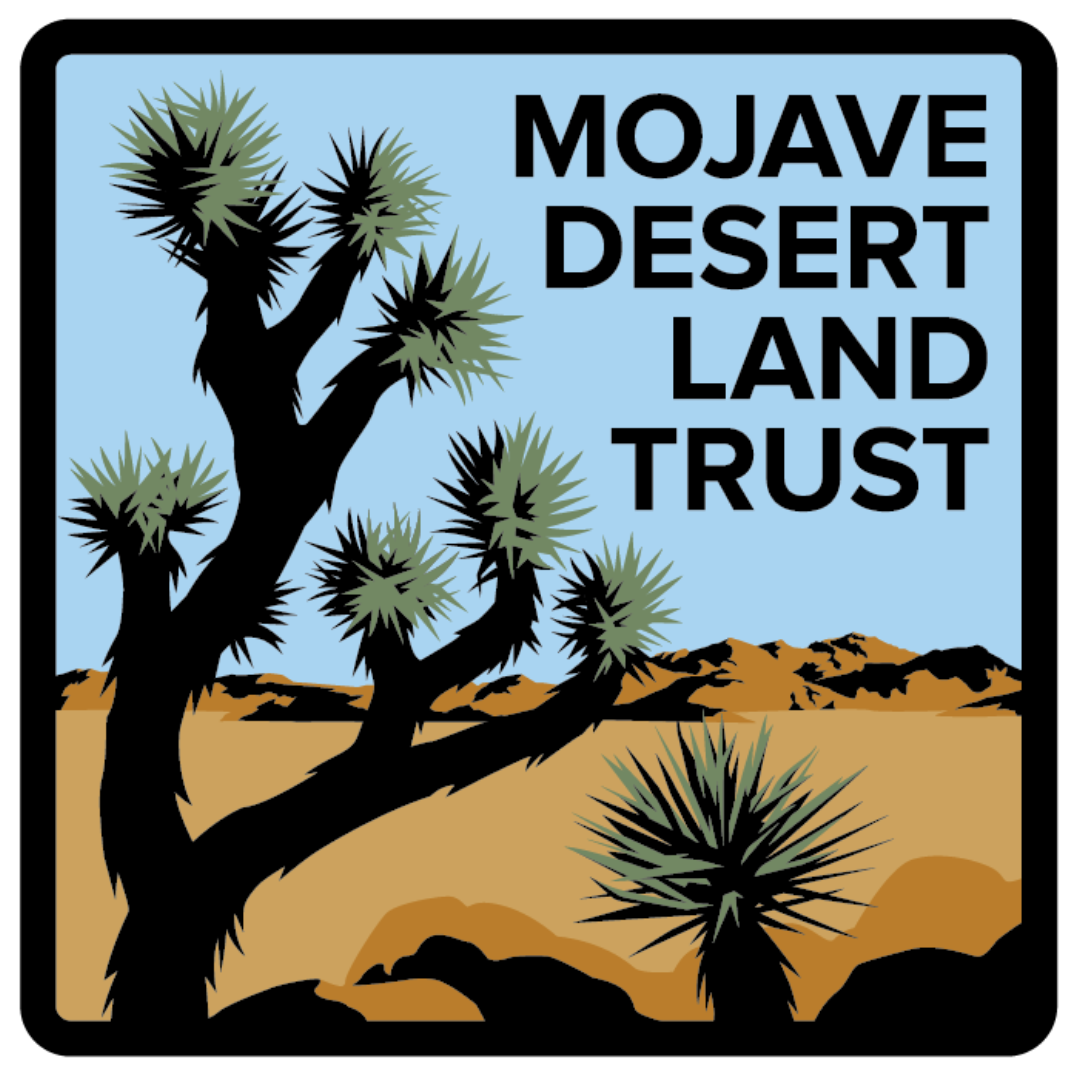“Having more women in science gives us a voice”

By Brandee Galan, intern for Women in Science Discovering our Mojave
I was born and raised in San Bernardino, 60 miles east of Los Angeles. It’s part of the Inland Empire and sits at the base of the San Bernardino Mountains. San Bernardino is known for being part of the Route 66, the first McDonald’s establishment, and the National Orange Show. At times San Bernardino gets a bad rap, but I am very proud to be from there. I appreciate the rich history and the diversity of culture and people that reside in city.
I believe my first early inspirational experience that got me involved in studying Geography/Environmental Studies at California State Univeristy, San Bernardino was my fascination with dinosaurs and watching Captain Planet cartoons as a child. I wanted to be a ‘Planeteer’ and protect Mother Nature. Another big influence was living so close to Little Mountain Drive, a mountain in between Shandin Hills Golf course and Shandin Hills Middle School. My house was positioned across the street from Little Mountain. I would see the sheep grazing every spring and early summer to keep the grass low to prevent it from catching fire. I would spend time hiking, sledding, and exploring the mountain with my family.
I started the Women in Science Discovering our Mojave internship this summer. The program examines the movement of bighorn sheep in the Mojave Trails National Monument. My initial impression of the Mojave Desert was the beautiful scenic drive on the 15 freeway. It was so peaceful. It was my first time visiting this part of the Mojave Desert. There are National Parks and various plant species and animals that are only found in the Mojave. It also gets extremely hot.

On our first visit to Afton Canyon to do our research we had to drive through a wash to get to game camera points. The dips and turns were like the Indian Jones Ride at Disneyland! As I looked around, I was amazed how tall the walls of Afton Canyon were. They looked to be 300 feet or higher and were painted a wonderful, warm burnt tan color. Here we learned about the history of the area, from the Serrano Native Americans and the mines, to the old train stop and the trails the Mormons and other settlers once traveled. It was a wonderful first impression.

The WISDOM internship is such a beneficial program for women but especially women of minority groups. The field of Geography/ Environmental Studies that I want to branch into is male dominated. Being part-Indigenous Mexican American and part-African-American, I had never had the privilege of having a teacher or professor who represented me. Having more women in this field and in science gives us a voice and representation for future women. Women and women of minority backgrounds can provide a different outlook. We bring new ideas, different perspectives because of our diversity and unique upbringing.
I hope my experience can help influence others who come from low income minority backgrounds.
For more news about WISDOM and other conservation work from the Mojave Desert Land Trust, subscribe here.
